My best recollection is that late May into the first week of June is the peak period for this garden, not for blooms alone, for there is no better period than when redbuds and dogwoods (below) flower in mid April, but there is a day when the gardener looks at his creation and considers that it cannot possibly be lovelier than on this afternoon. Probably, this is nonsense, a result of one particular day of cheerfulness and blue skies, and instead of a single day there are days, or weeks when the garden is at its best.
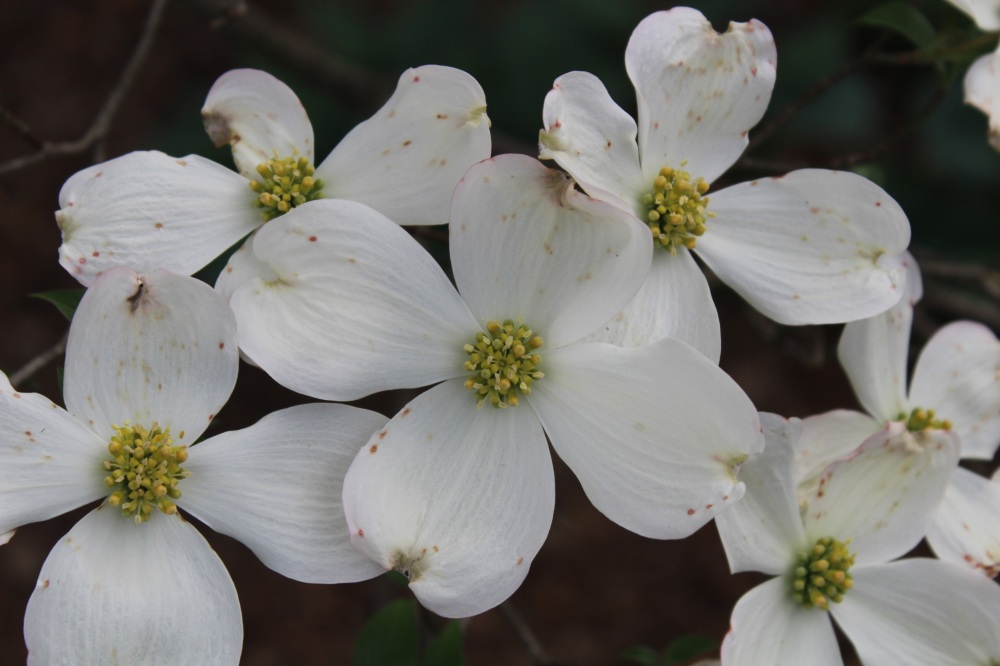
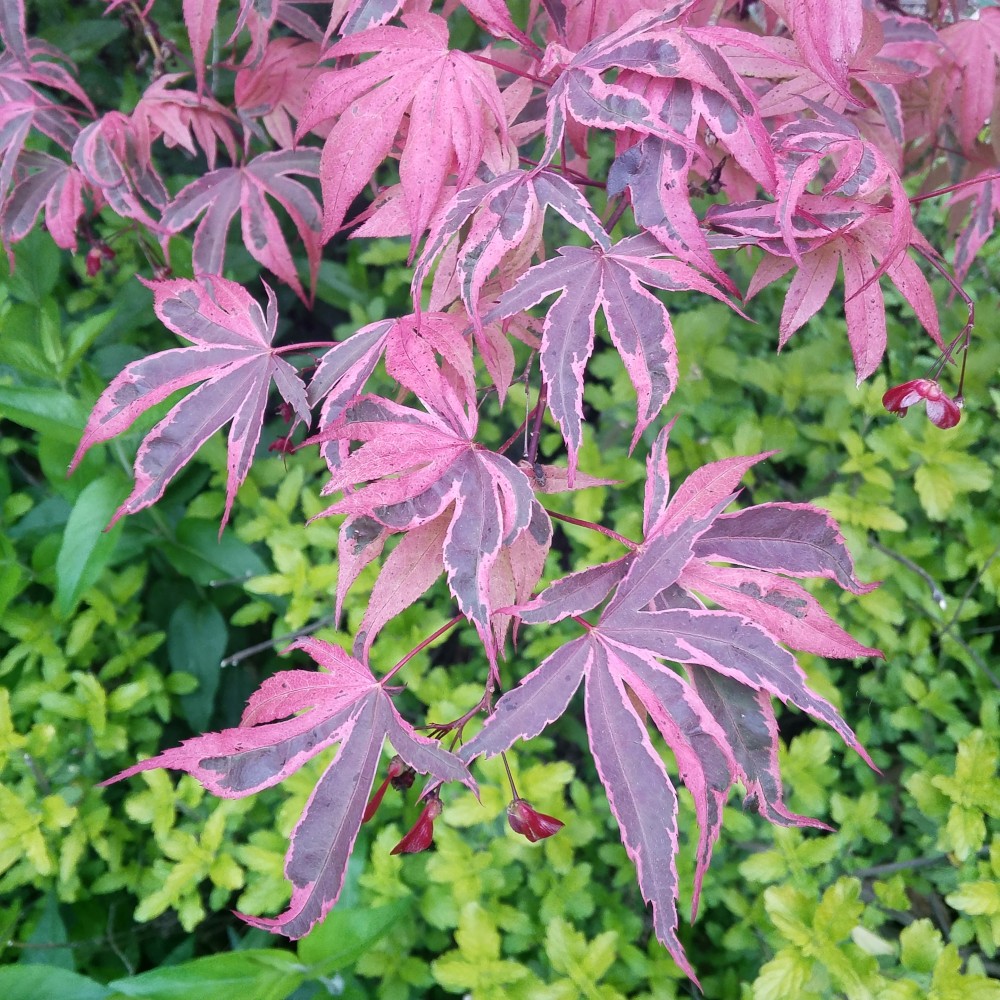
Is it possible the garden could be more lush, any green more brilliant, the red of a Japanese maple (above) more splendid than on this early May afternoon? Certainly, several weeks of growth are necessary before redbuds, dogwoods, Oakleaf and panicled hydrangeas are fully leafed to enclose the garden, so neighboring homes can still be seen, though barely.
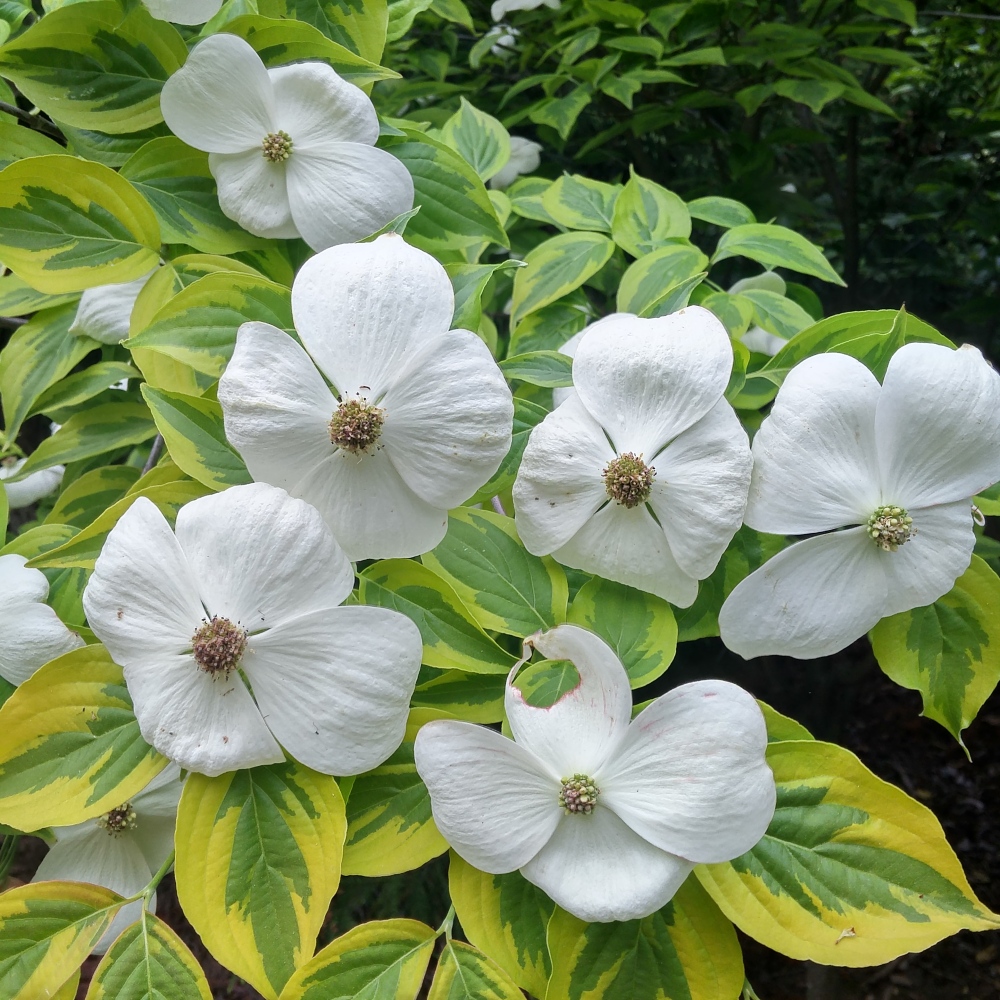
Today, as the treasured blooms of native dogwoods (Cornus florida) fade after three splendid weeks, the flowering of hybrids ‘Stellar Pink’ , ‘Venus’, and ‘Celestial Shadow’ (above) overlap, and already flowers of the blush pink ‘Satomi’ and other Chinese dogwoods (Cornus kousa ‘Wolf Eyes’, below) are evident, though these will take a few weeks to turn from green to white and pink. There will be one dogwood or another flowering from early April until June, and who can complain that only the earliest are natives?

The Red horsechestnut (Aesculus x carnea, below) was planted several years ago, at the time disappointingly smaller than the Seven Son tree (Heptacodium miconioides) that was snapped in a summer storm, but with marvelous blooms. This spring, substantial growth is encouraging, and now I need not make excuses for too much open space surrounding the tree. Yes, it will grow a bit too large, to cast wider shade than the Seven Son, but it should not conflict with two nearby Japanese maples.

The gardener expects that many of the finest trees flower for short periods, and newcomers are often disappointed to learn that the color of redbuds and dogwoods lasts for no more than three weeks from bud to flowers fading. The flowering period for our native fringetree (Chionanthus virginicus, below) is even shorter, often only a week when the fringe-like blooms are a clear, creamy white. But, an exceptional week it is. 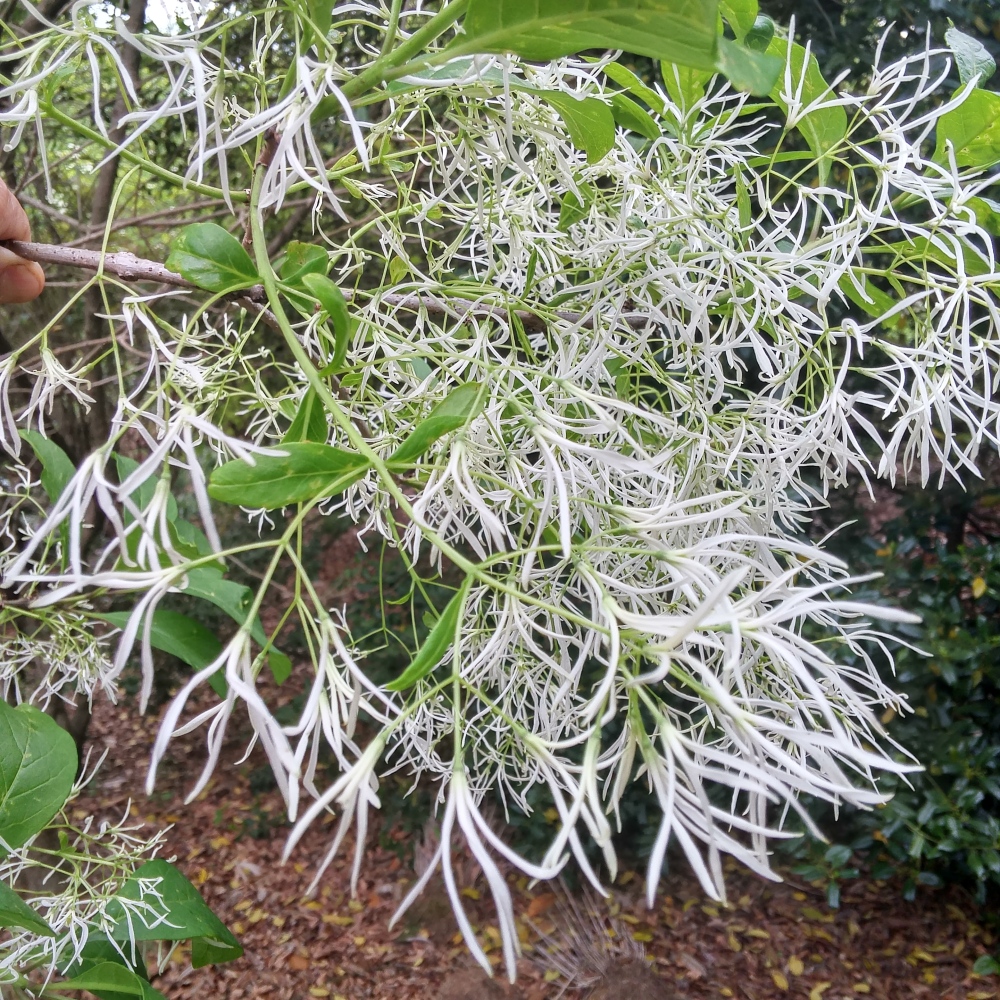
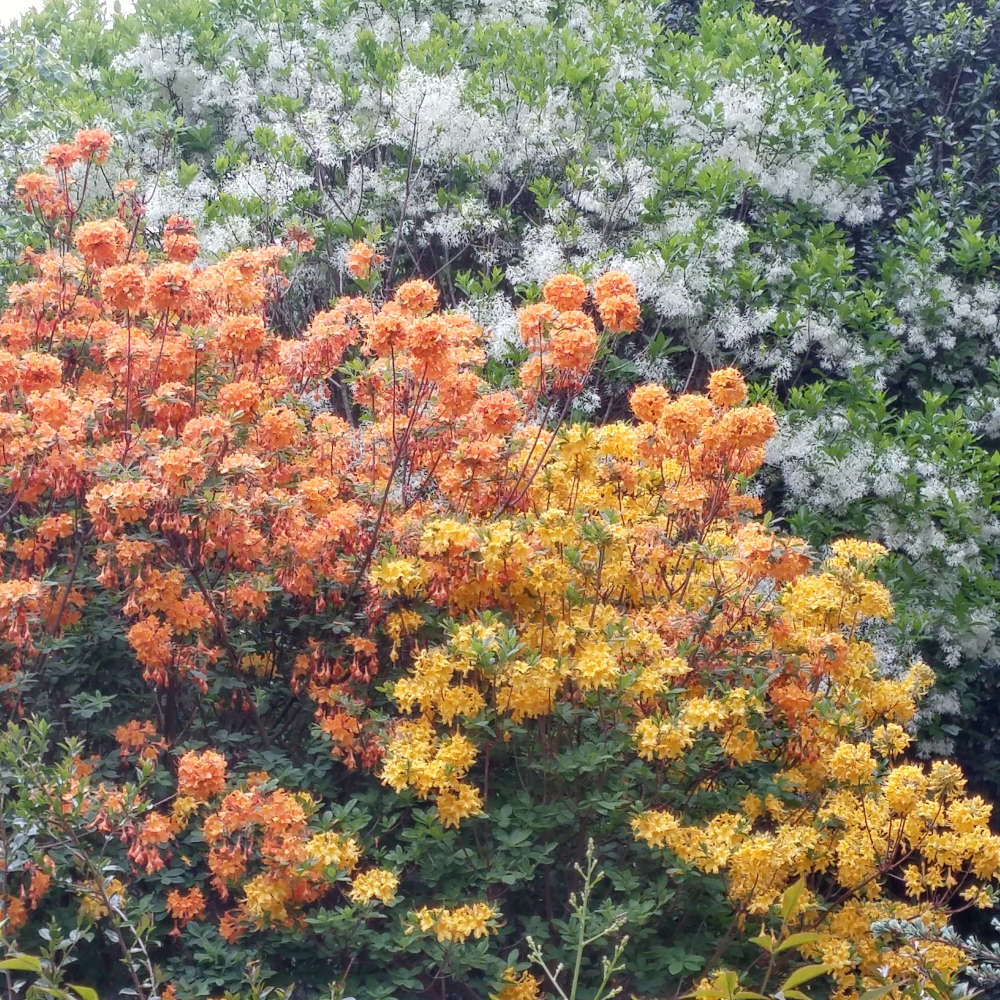
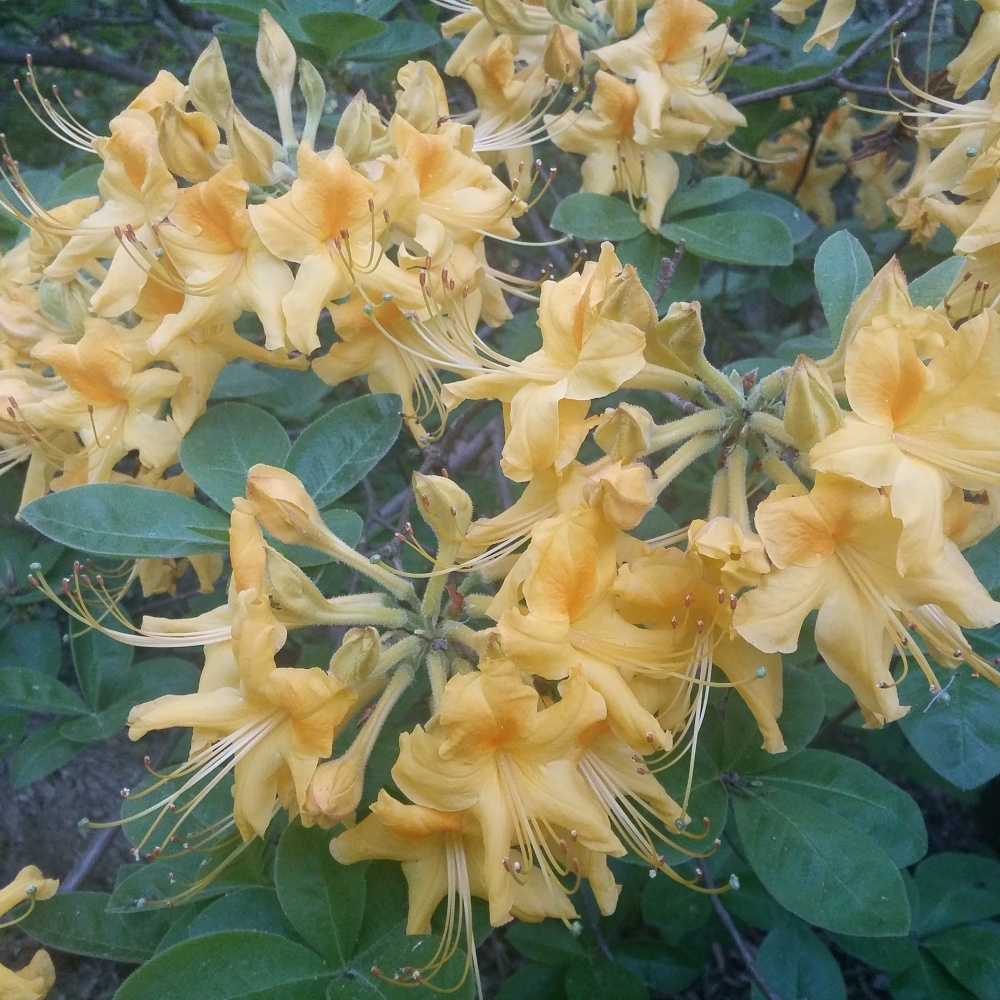
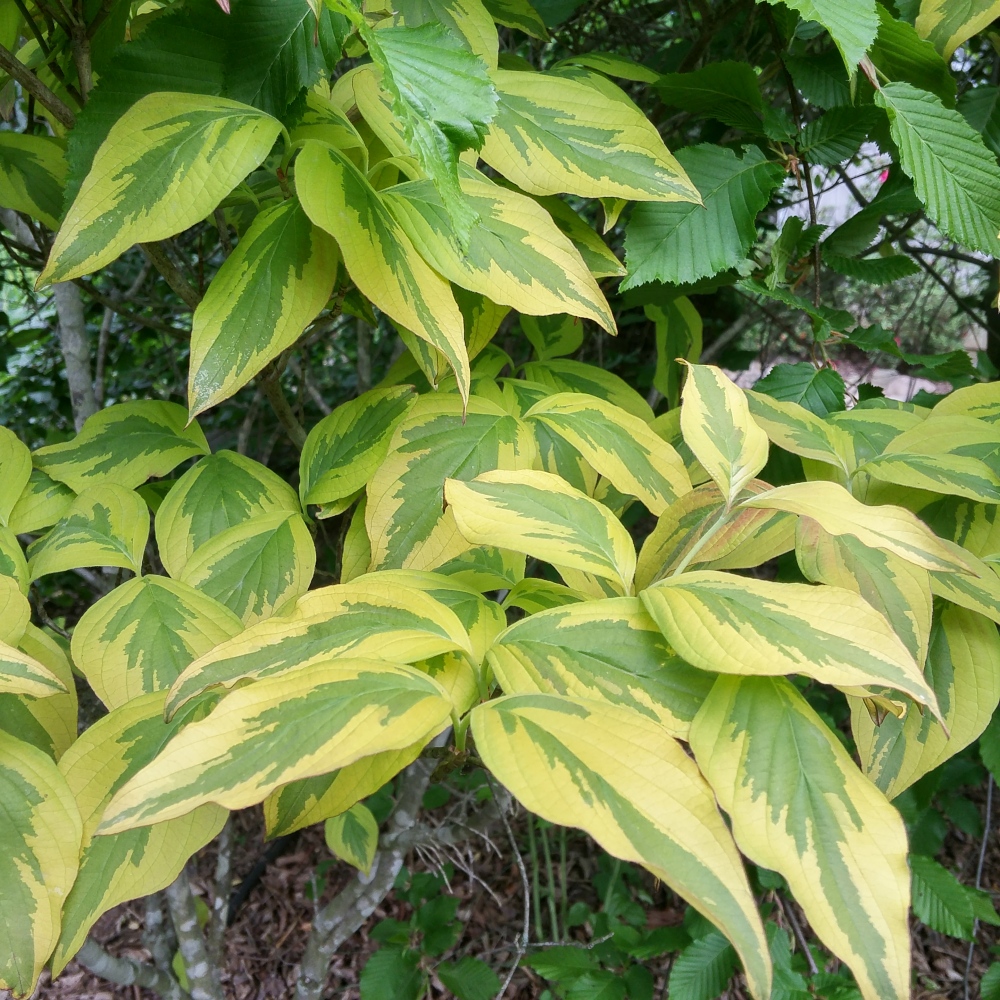

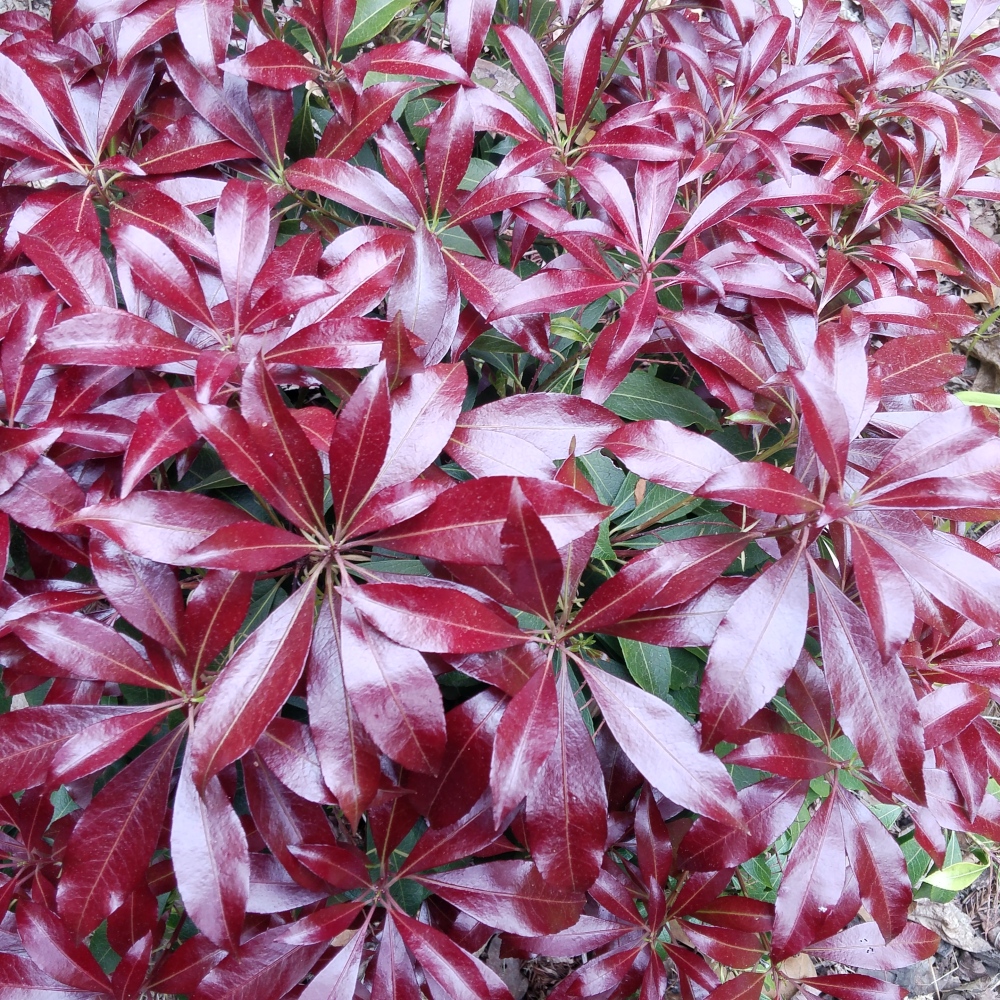


So beautiful!
LOVELY! Thank you.